You’ll smell good enough to eat and get rid of greasy hair immediately with this simple, inexpensive cinnamon cookie scented DIY dry shampoo recipe.
When using dry shampoo, we’re under the impression that it will fix our sweaty, oily hair after gym sessions or just whenever we’re running out of time to take a shower.
For the record, it actually does its job of refreshing your hair temporarily.
However, commercially-bought dry shampoos tend to be more harm than good when used regularly.
In this post, I’ll recommend an all-natural substitute to aerosol dry shampoos to prevent experiencing hair mishaps.
Is Dry Shampoo Bad For Your Hair?
Dry shampoo can be bad for your hair due to both product flaws and misuse. Frequent application on hair can lead to particle build-up on the scalp, which results in fungal infection, dermatitis, and itchiness. As an aerosol product, dry shampoo usually contains harmful ingredients. Besides, planes prohibit bringing of aerosols on board due to safety risks, yet most commercial dry shampoos come in over 100ml sizes.
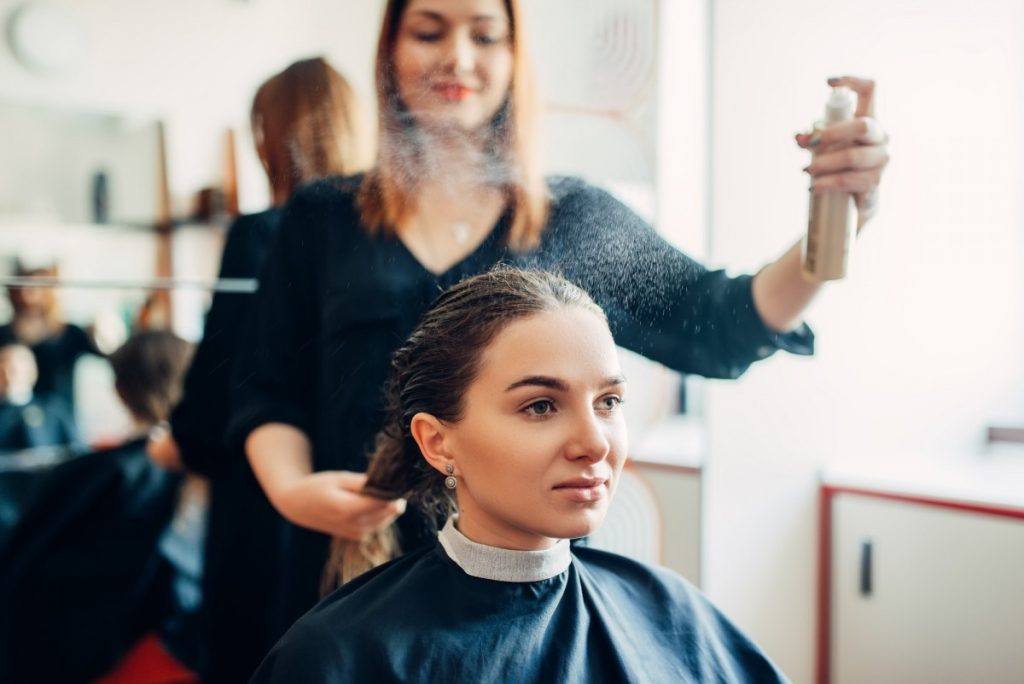
I have nothing against people who prefer quick fixes to actual showers, but I would not recommend frequent use of dry shampoos due to their tendency to promote hair damage in the long run.
There’s actually one popular case of dry shampoo mishap in which a woman named Nicole Baxter took to Facebook to share her unfortunate experience with dry shampoo.
Apparently, her regular usage has led to her hair thinning out drastically, creating a bald patch on her scalp.
Aircraft also won’t allow you to bring your aerosol dry shampoo due to its flammability risk. This makes the product impractical to use if you have to refresh your hair during travels.
In my opinion, the side-effects of using dry shampoo can only be experienced by those who almost replaced actual showers with water-less hair treatment.
This is often worsened by the fact that some chemicals contained in the product don’t help at all in improving your hair’s quality.
In fact, dry shampoo actually increases the particle build-up on your scalp since it only traps oil but not actually cleans your hair. It just sits there until you decide to rinse the grime off your hair that blocks your follicles.
On the same note, it is also such a hassle to not be able to bring your dry shampoo everywhere, which defeats its purpose as a quick-fix hair product.
How Does Dry Shampoo Work?
Dry shampoo’s main selling point is that it brings back to life your limp and oily hair by using powdered ingredients such as cornstarch, rice starch or talc. However, in aerosol formulations, hydrocarbons are also used as “propellants” such as butane, isobutene, and propane. The dry shampoo works by absorbing sebum released by glands on the scalp. By targeting the grease, it makes your hair look bouncy and alive, like you’ve had a nice blow-dry after a shower—only minus the water.

The application of dry shampoo is similar to a hairspray—except that hairsprays are meant to hold the strands together in one neat hairstyle.
On the other hand, dry shampoo only APPEARS good on the surface, but NOT on a closer look.
If you’ll look closely, you might not notice the greasiness, but there are telltale signs of particle buildup that is almost similar to a dandruff patch.
I could only imagine when you start brushing it out a few days later. It would look like dandruff flakes are clinging on every strand.
This is why I suggest that you opt for looser powders that don’t settle on your scalp for too long.
How To Use Dry Shampoo
The dry shampoo is typically sprayed directly on scalp and roots. This application was said to absorb the sebum that causes the hair strands to look greasy. After a few seconds of letting it sit on the scalp, the product is then massaged or brushed through the roots. By allowing the powder to sit on the scalp, the oil absorption is increased. Meanwhile, brushing the hair and massaging the scalp will help reduce the appearance of tiny dust on the strands.
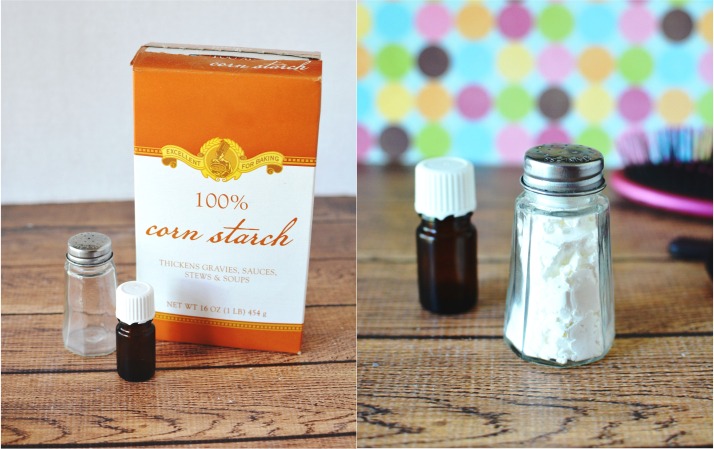
For my DIY dry shampoo recipe, which I will share later in this post, I used natural powdered ingredients that you can apply directly using a salt shaker.
This method will simplify your dry shampooing while also keeping the amount that you put on your hair at a minimum.
After all, spraying tends to scatter the powder throughout a patch of hair, which makes brushing out a little difficult as the amount is concentrated on a single area.
How To Use Dry Shampoo At Night?
It is actually advisable to apply dry shampoo at night to give it time to soak up oil more effectively. To do this, simply sprinkle some powdered dry shampoo onto your scalp and rub it with your fingers through the strands. Dust off the remaining loose particles with a hairbrush so that you won’t mess your head pillow. There’s actually no need to worry about excess powder clinging to the strands because it will wear off the following morning.
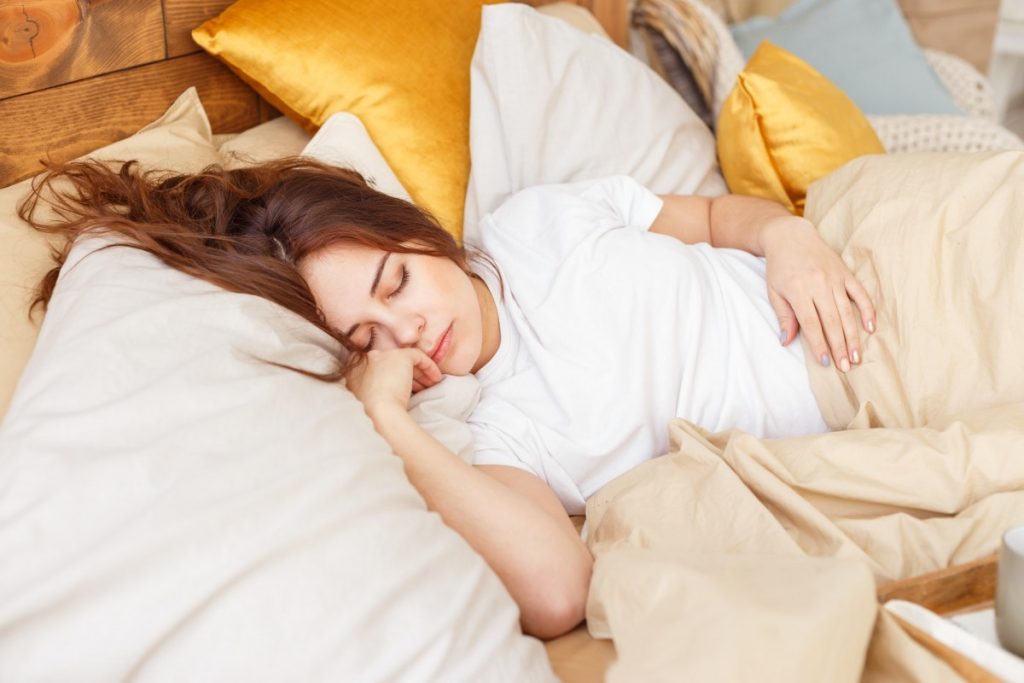
A lot of hairstylists swear by night application of dry shampoo because letting it sit on the hair and scalp overnight will improve its oil absorption rate, therefore making your hair fresher in the morning.
However, it might not be advisable to sleep on aerosol dry shampoo due to its suffocating smell and gasses that leach off the product.
How To Make Dry Shampoo
To make your own dry shampoo, you should first take into consideration your current hair status and color. There are powdered ingredients that suit particular shades of hair such as blonde, grey, red, auburn, brown, and black. Similarly, there are special ingredients that help address your other hair care concerns such as dandruff, sensitive scalp, and thinning strands. You can even add a few drops of aromatic essential oils into the recipe to fight off the unpleasant smell of your still-unwashed hair.
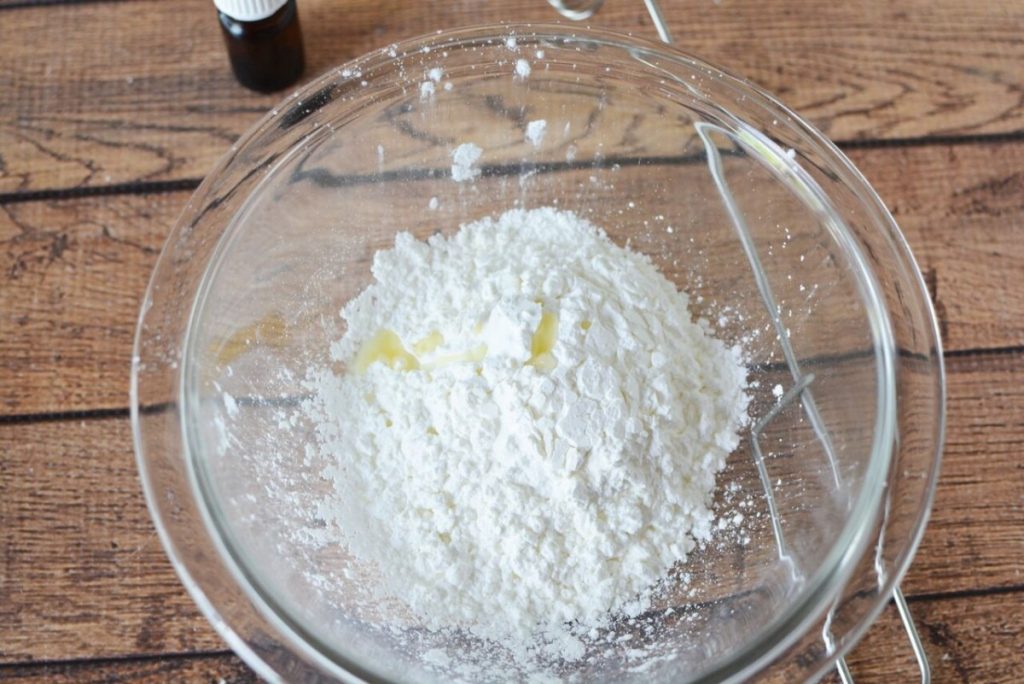
How To Apply Dry Shampoo
To apply dry shampoo, make sure that your hair is indeed greasy to begin with since adding it on dry strands will block the production of natural oil that moisturizes your hair. If you’re using a DIY dry shampoo, you may simply apply it over your scalp and roots through a salt shaker. Gently whisk the powder throughout the patch using your fingers or a clean makeup brush for an even distribution. Finally, brush out the excess powder using a bristled hairbrush.
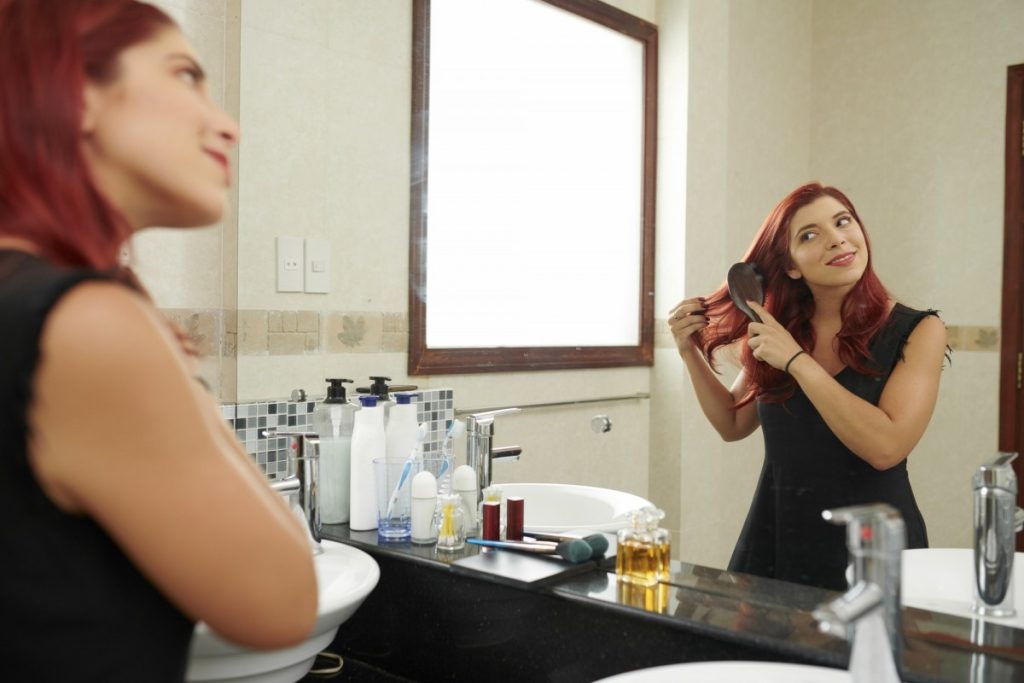
Unless you’re using a dry shampoo in an aerosol spray form, your hair and scalp will be safe from particle buildup and potential itchiness caused by flammable gasses.
If you think going the DIY route is a little more inconvenient compared to a spray-on application, you should see how aerosol sprays make a hassle out of removing the grime that is trapped on your scalp.
Quick-fixes don’t mean they are ideal solutions for your limping hair, when in fact they do more harm than good.
You’ll only need a few minutes to apply the DIY dry shampoo—from mixing ingredients up to actual application--and still be confident that your hair remains healthy.
How To Make Dry Shampoo For Dark Or Black Hair
If you have a dark or black hair, you can make your own dry shampoo by using activated charcoal as an additional ingredient to cornstarch, which is the base powder. Simply mix equal parts of powdered charcoal and cornstarch. Once blended well, you can keep it in a salt shaker or apply it directly by dabbing a makeup brush on the powder and applying it on the scalp sparingly.
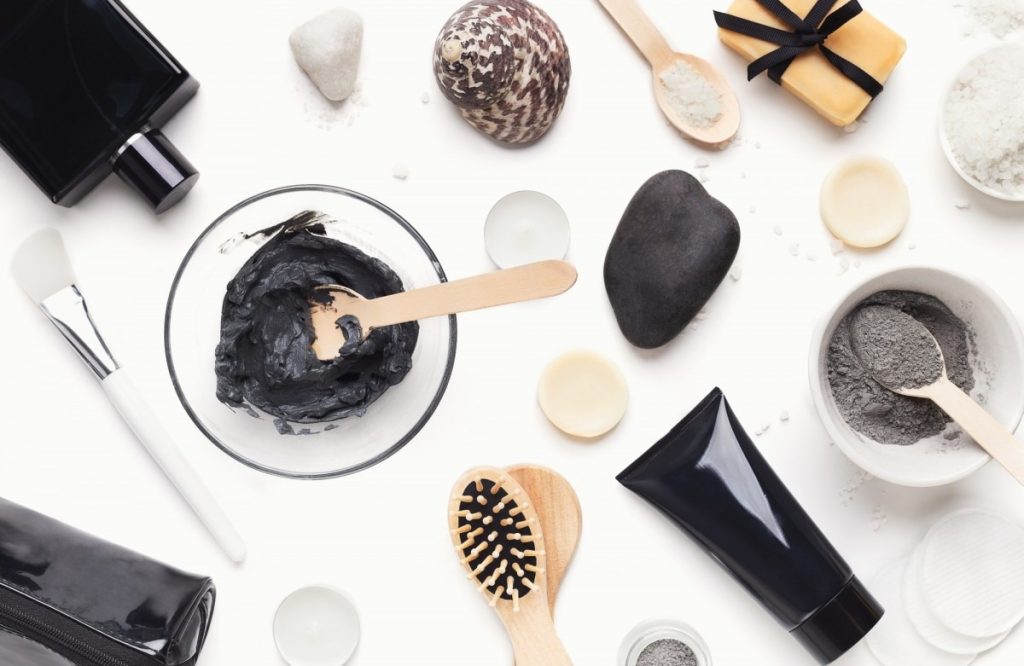
Take note that activated charcoal is safe and non-toxic, which makes it an ideal coloring agent and drying powder for your dry shampoo. In fact, it can be eaten, though for this recipe you won’t need to do so.
{GET YOUR ACTIVATED CHARCOAL HERE}
How To Make Dry Shampoo For Red Hair
If you’re sporting a fiery red hair or auburn, you can still use a dry shampoo made from a combination of cinnamon powder and cornstarch. This combo will ensure that your dry shampoo complements your hair color and not contribute to its fading with repeated use.
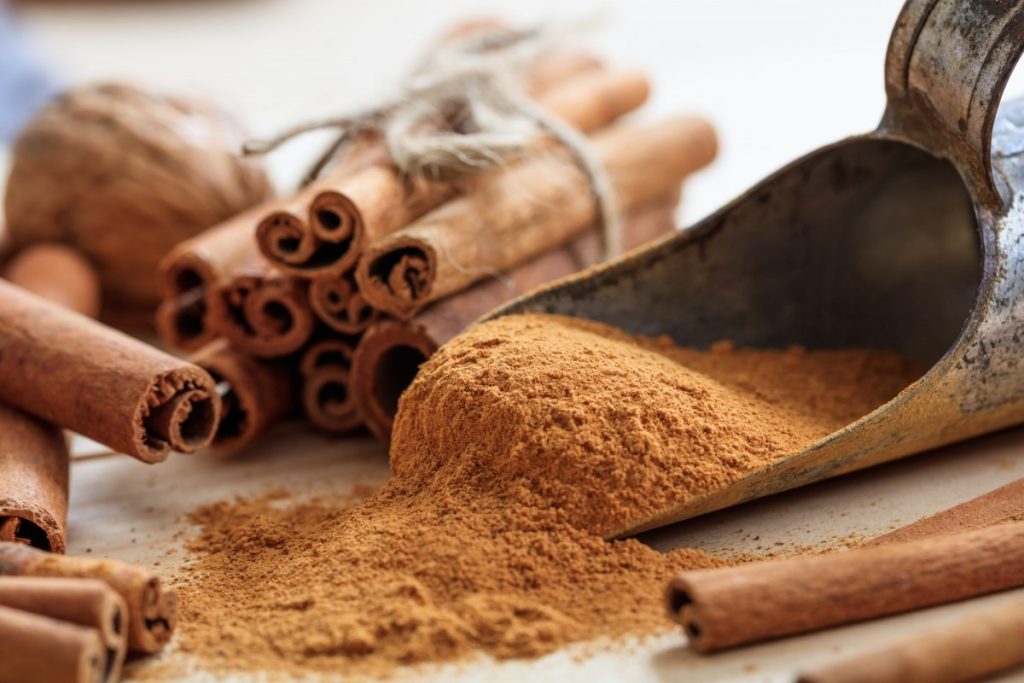
{GET YOUR CINNAMON POWDER HERE & YOUR CORNSTARCH HERE}
How To Make Dry Shampoo For Curly Hair
Depending on your hair color, your curly hair can be treated with a dry shampoo made of cornstarch and any of the two additional ingredients: calcium bentonite clay for light-colored curls, and activated charcoal for dark-colored brunettes. Both ingredients are known to address oiliness which is a concern for most curly-haired. After application, wait for a few more minutes before brushing out the powdered scalp and roots for better oil absorption.
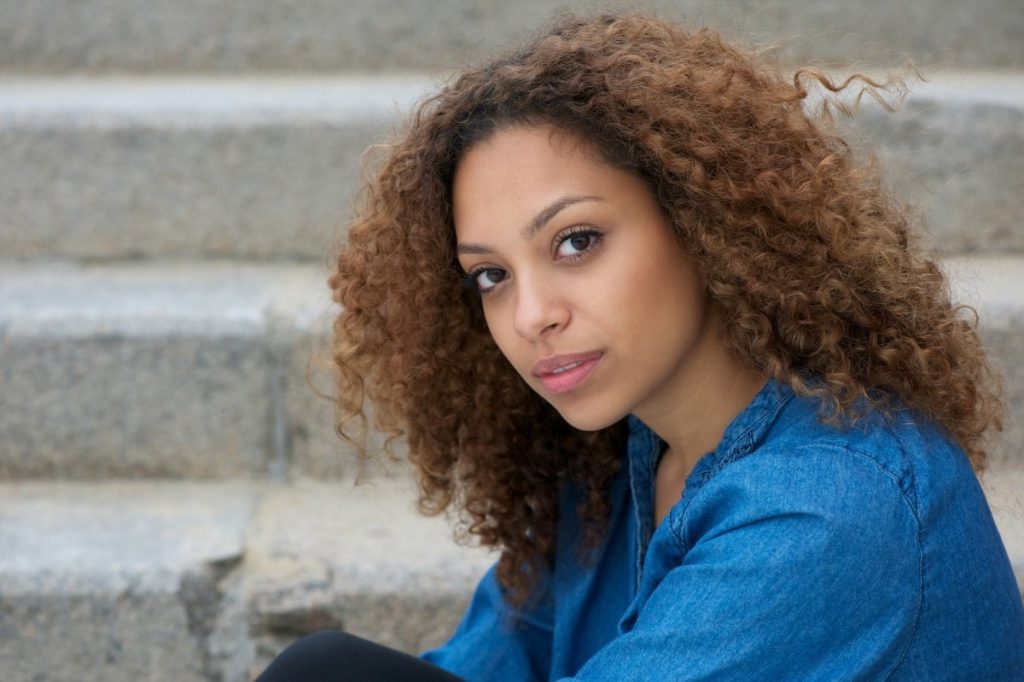
{GET THE INGREDIENTS TO MAKE YOUR OWN DRY SHAMPOO FOR CURLY HAIR HERE}
How To Make Dry Shampoo For Blonde Hair
For blondes and grey-haired women, a dry shampoo made of arrowroot and cornstarch will do the trick of preventing greasy hair. You should not use any dark-colored powder ingredients such as cocoa, coffee, and activated charcoal to avoid staining your locks.
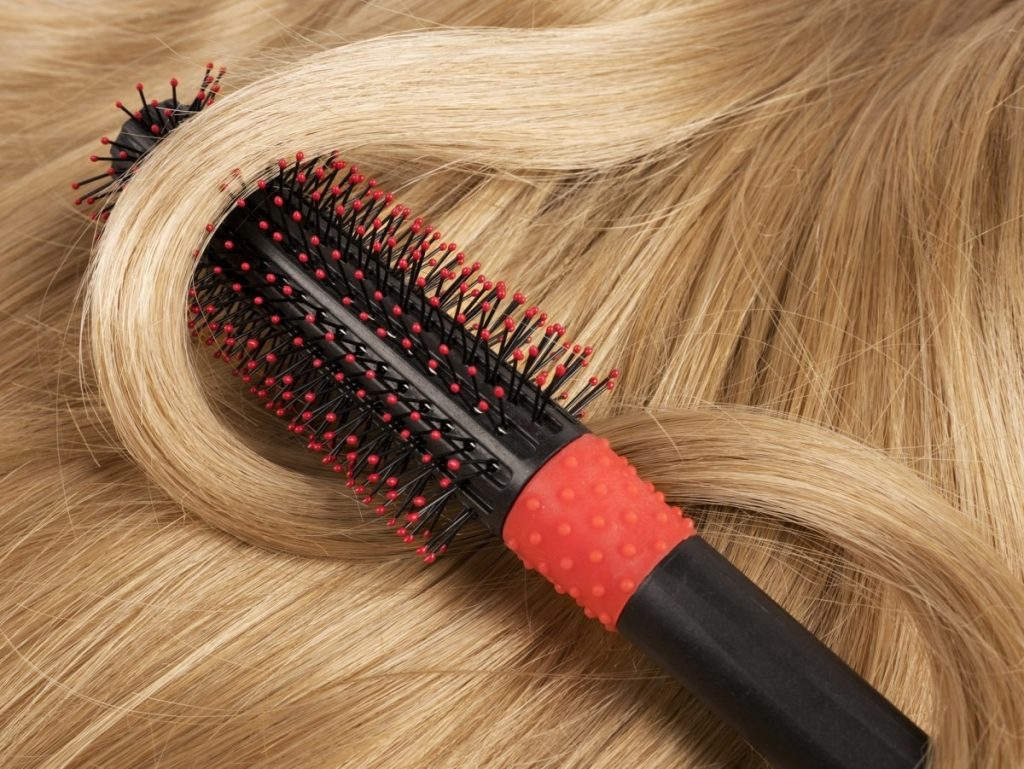
{GET YOUR ARROWROOT POWDER HERE}
How To Make Dry Shampoo For Men
To make dry shampoo for men, simply replace your favorite feminine scent with a masculine one. This may include cypress, sandalwood, peppermint, and black pepper. This way, your man can still groom his hair fresh without smelling like a woman.
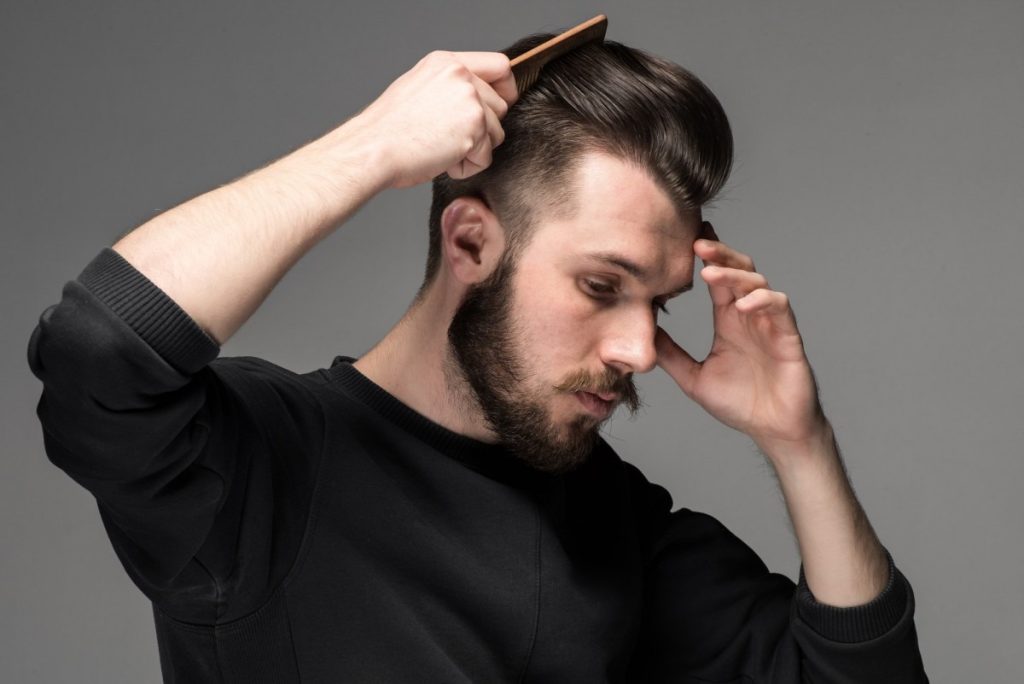
How To Use DIY Dry Shampoo For Dogs
You can make a DIY dry shampoo for your dogs by mixing cornstarch and baking soda. These ingredients are safe for fur pets and will stay long on their coats. Whether they have light or dark coats, this combo is suitable for when you want your dogs to smell fresh even without bathing.
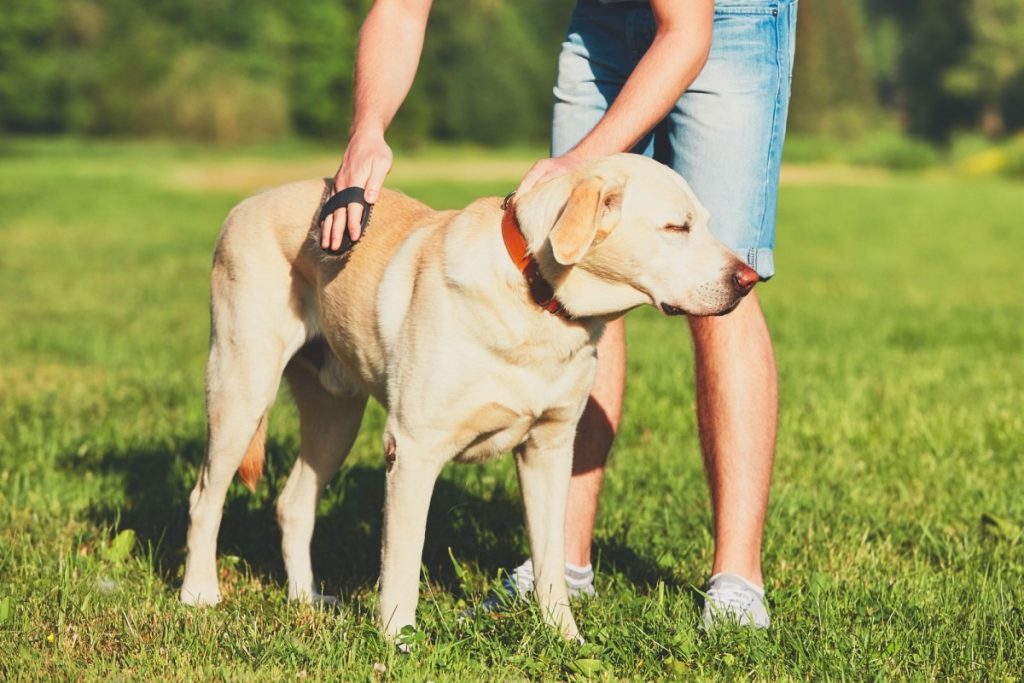
How To Use DIY Dry Shampoo For Cats
Despite believing that cats groom themselves, you can still make dry shampoo for your feline pets. Simply mix warm oatmeal or cornmeal with baking soda and rub it on your cat. This recipe is safe on the cat’s coat and will help absorb stinky oil from your feline. Avoid essential oils unless you do your research as some oils can be harmful to cats.
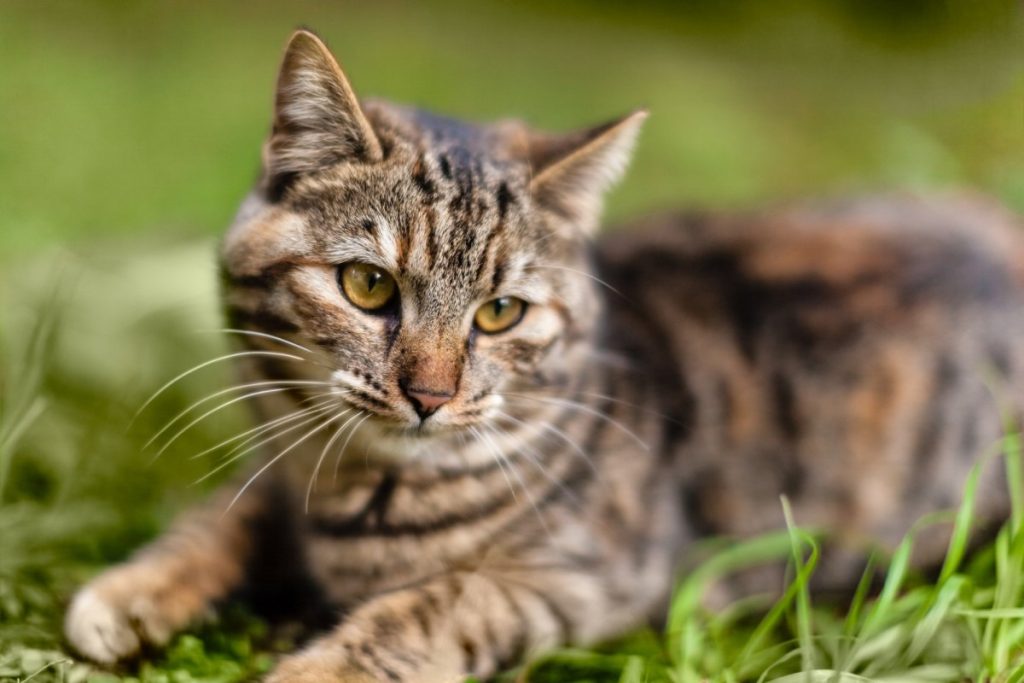
Dry Shampoo Alternatives: Ingredient Substitutes That Work Just As Well
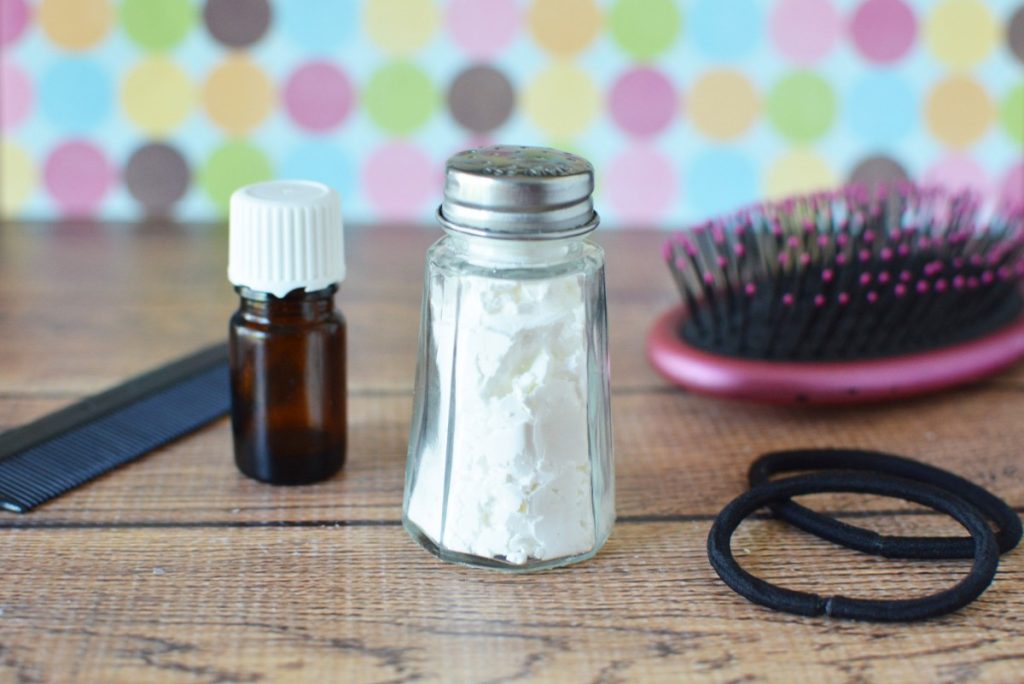
Instead of opting for aerosol dry shampoo, you can replace its common ingredients with natural alternatives such as the following:
- Cornstarch
- Baking Powder
- Essential Oils
- Cinnamon Powder
- Cocoa Powder
- Activated Charcoal
- Rice Flour
- Fenugreek
- Coffee Powder
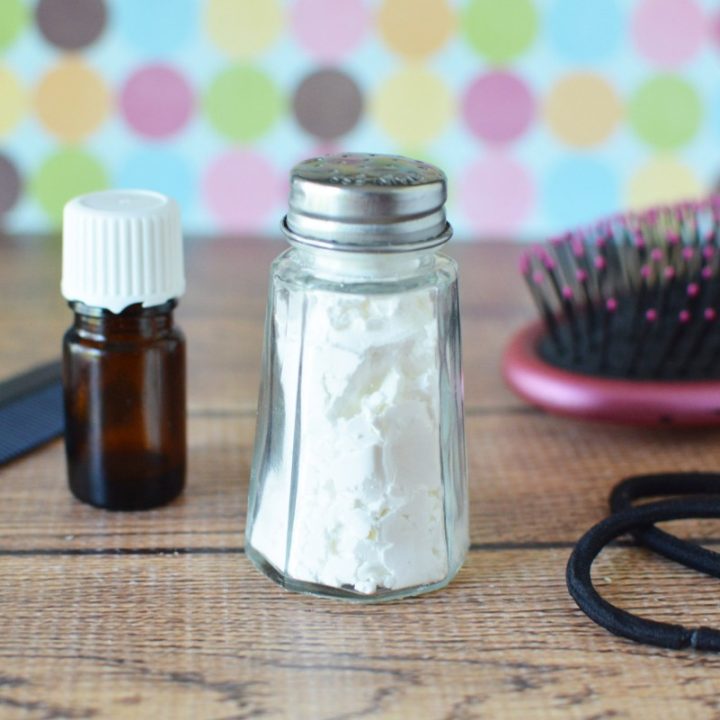
Cinnamon Cookie Scented Dry Shampoo Recipe For Heavenly Hair
This is such an inexpensive and effective way to manage your hair.
Materials
Tools
Instructions
- Add the cornstarch and essential oils to a mixing bowl.
- Stir well to combine.
- Store in a salt shaker bottle.
To Use:
- Gently shake a small amount into the roots of your hair.
- Massage into the scalp with your fingertips until the dry shampoo is no longer showing.
- Repeat over your entire scalp or as needed to manage your hair.
Cosmetics & Chemicals
From Visually.
Conclusion
Your hair is your crowning glory, which is why you should keep it healthy and fresh.
To do this, you need to make a decision to stay away from chemically-laden hair products such as aerosol dry shampoo.
Not only is it expensive, but it can cause irreparable damage to your hair with continuous use.
Instead, make a DIY dry shampoo recipe to replace this go-to product for a safer and more natural substitute that suits all hair types—even your furry friends.
Free Essential Oils 14 Day E-Course
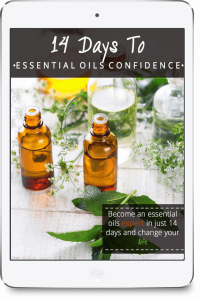
If you'd like to know more about how to use essential oils, I love this FREE e-course that walks you through the process step by step.
Click here to get your FREE 14 Day Essential Oils E-Course.
More Related Posts You Will Love
- DIY Wake Up Shower Melts (Without Citric Acid Or Cornstarch)
- Easy DIY Lip Gloss That's So Natural You Could Eat It
- 1 Minute Almond & Oatmeal Scrub Soap Recipe For Dry Skin
- Home Spa Ultimate Guide (Ideas, Recipes, Benefits, Treatments)
Click here to pin this for later
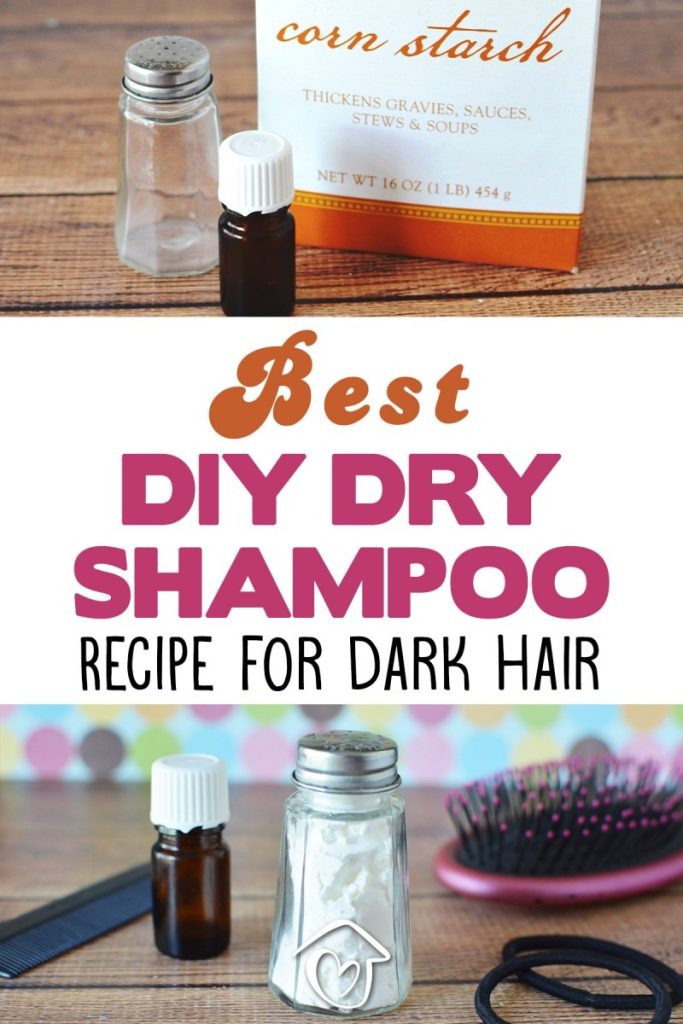
Sources

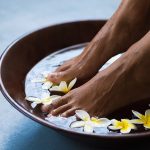
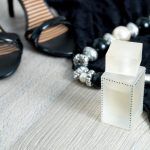



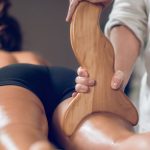
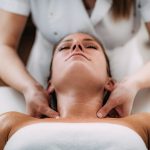
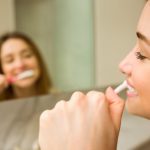
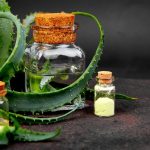
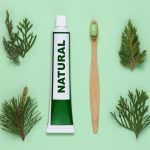

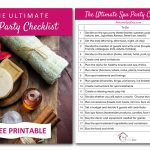
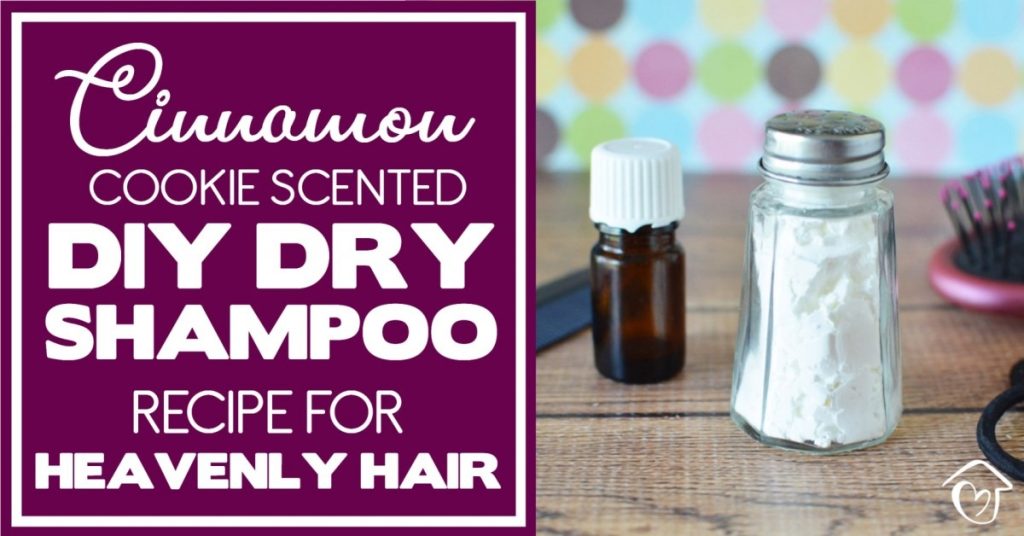



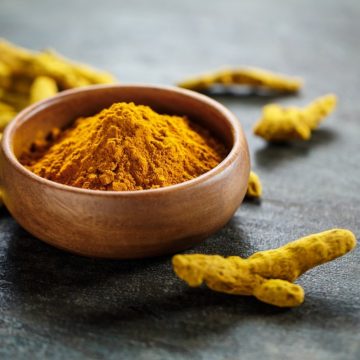
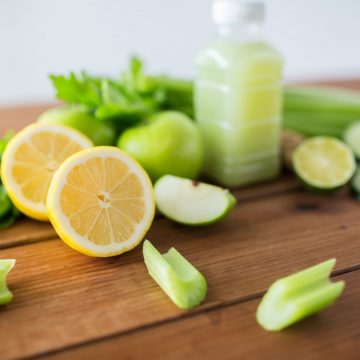
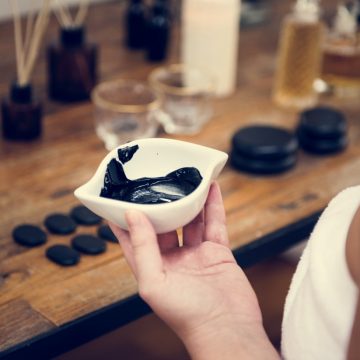

Leave a Reply